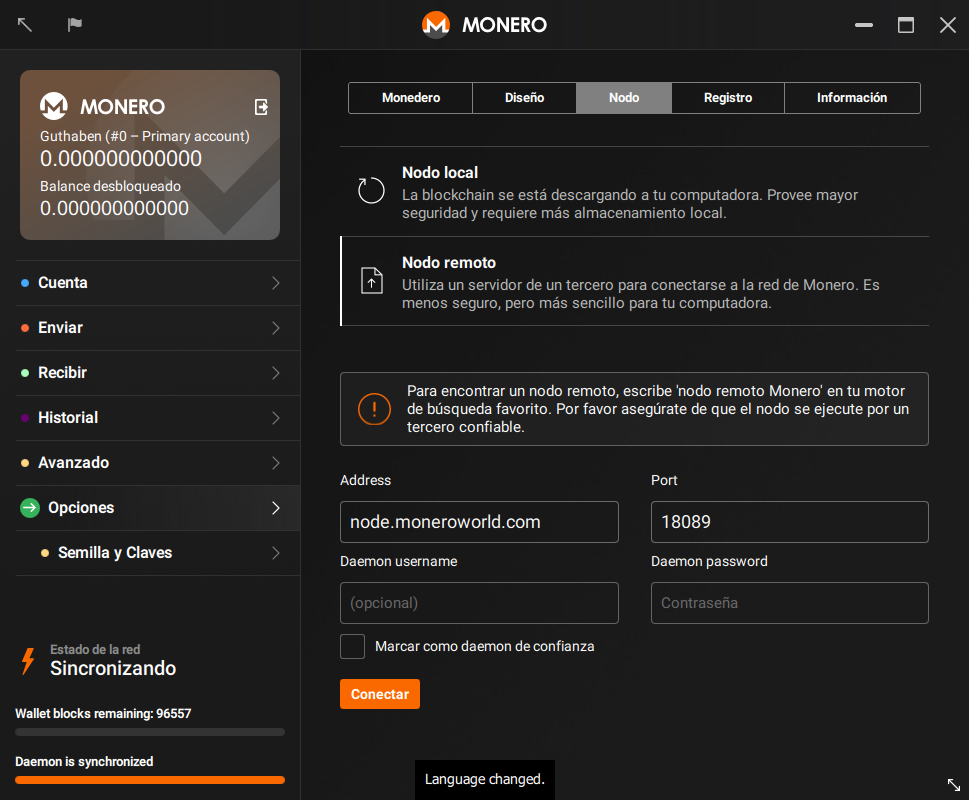This new approach doesn't require version numbers and make easier for contributors to understand the status of the document. There are only 3 states: - Outdated: The page is outdated and might not work as expected - Untranslated: The page needs to be translated - Translation outdated: The page is translated, but the original (English) document has been updated To mark a guide as outdated, we change the boolean of the front matter entry 'outdated' in /resources/user-guides/GUIDE. If 'False', the guide is updated. If 'True' all versions of the guide (English included) will show a warning at the bottom of the page. The other 2 states are related to the status of the translated pages and we control them from the language-specific user guides: /_i18n/LANG/resources/user-guides/GUIDE. At the top of the page a snippet will include 2 parameters: - translated: "yes" if the page is translated, "no" if it's not. - translationOutdated: "yes" if the translation is outdated, "no" if it's not This new system aims to be simpler than the precedent, avoiding to compare versioning numbers and using a higher level system instead (yes, no, True, False). I also removed the middle way status 'only minor changes', because if there are only minor changes that don't affect the usability of the guide, we don't need to point it out. The old system was complex and people didn't use it. These changes will hopefully make things easier for translators and other contributors.
1.3 KiB
{% include disclaimer.html translated="yes" translationOutdated="no" %}
Encontrando un nodo
Primero lo primero, necesitas encontrar un modo para conectarte. moneroworld.com cuenta con buenos recursos para encontrar nodos. Uno de los métodos más fáciles sería ejecutar un nodo por moneroworld, pero también tienen una herramienta para encontrar nodos aleatorios.
Conectándose al nodo desde el monedero GUI
Después de que ingreses la contraseña de tu monedero, verás un pop-up que te dará la opción de usar configuración personalizados (use custom settings). Haz clic en él. Entonces serás
enviado a la página de ajustes en la GUI. En este punto debes ser capaz de ver dos cajas de texto en la derecha de una etiqueta llamada "Daemon address". En la primera caja (a la izquierda) necesitarás ingresar la dirección del nodo al que te deseas
conectar. Esta dirección se debe ver como node.moneroworld.com o puede verse como cualquier dirección ip vieja. La caja pequeña en la derecha es donde ingresas el puerto del nodo. El puerto por defecto es 18081 pero si estás usando un nodo aleatorio el puerto que es usado puede variar. El puerto para node.moneroworld.com es 18089.
